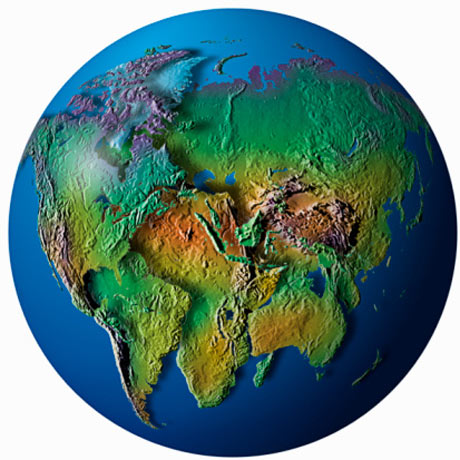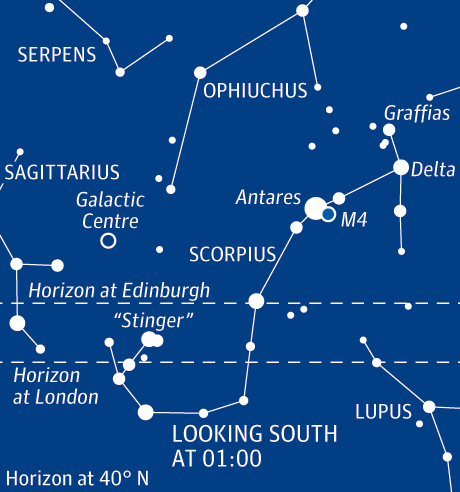
NASA - NASA'S Spitzer Sees Milky Way's Blooming Countryside
↧
↧
Could A Volcano Power America?

↧
Do It: 20 Years of Famous Artists’ Irreverent Instructions for Art Anyone ...

↧
Why I Moved My Blog From Wired

↧
Supercontinent: how the world is moving together

↧
↧
Best Summer Books: SA‘s Picks and Yours | Observations, Scientific American ...

↧
Starwatch: Scorpius

↧
ResearchGate to nowhere?

↧
Saudi prince launches libel action against Forbes magazine over Rich List

↧
↧
One Photographer's Experience Documenting Mentally Ill Inmates | Art Beat: ...
↧
Happy Father’s Day to all Superdads | Illusion Chasers, Scientific American ...

↧
The spy who came in for your soul

↧
The real NSA scandal? The horrible slides.

↧
↧
To Light a Fire

↧
This chart explains why cities are at the center of innovation

↧
The secret history of psychedelic psychiatry
On August 15th, 1951, an outbreak of hallucinations, panic attacks and psychotic episodes swept through the town of Pont-Saint-Esprit in southern France, hospitalizing dozens of its inhabitants and leaving five people dead. Doctors concluded that the incident occurred because bread in one of the town’s bakeries had been contaminated with ergot, a toxic fungus that grows on rye. But according to investigative journalist Hank Albarelli, the CIA had actually dosed the bread with d-lysergic acid diethylamide-25 (LSD), an extremely potent hallucinogenic drug derived from ergot, as part of a mind control research project.Although we may never learn the truth behind the events at Pont-Saint-Esprit, it is now well known that the United States Army experimented with LSD on willing and unwilling military personnel and civilians. Less well known is the work of a group of psychiatrists working in the Canadian province of Saskatchewan, who pioneered the use of LSD as a treatment for alcoholism, and claimed that it produced unprecedented rates of recovery. Their findings were soon brushed under the carpet, however, and research into the potential therapeutic effects of psychedelics was abruptly halted in the late 1960s, leaving a promising avenue of research unexplored for some 40 years.The secret history of psychedelic psychiatry began in the early 1950s, about 10 years after Albert Hofmann discovered the hallucinogenic properties of LSD, and lasted until 1970. It was uncovered by medical historian Erika Dyck, who examined the archives from Canadian mental health researchers and conducted interviews with some of the psychiatrists, patients and nurses involved in the early LSD trials. Dyck’s work shows early LSD experimentation in a new light, as a fruitful branch of mainstream psychiatric research: it redefined alcoholism as a disease that could be cured and played a role in the psychopharmacological revolution which radically transformed psychiatry. But, despite some encouraging results, it was cut short prematurely.
↧
Psychedelic Academe

↧
↧
Friday Weird Science: There once was a moth that lived on a sloth…

↧
Ancient Martians May Have Been Hydrogen Powered : DNews

↧
Crap.

↧
More Pages to Explore .....






